Cereus stenogonus (tuna candelabro, cardón)
Cereus stenogonus is one of the most typical and widely distributed cacti of the Dry Chaco region in Paraguay.
This tree has very showy flowers and edible fruits. The wood is very lightweight and is used by local indigenous groups to make everyday utensils and children’s toys.
The indigenous Lengua-Maskoy group use the spines to pierce the earlobes of children, and as a needle for making fibre bags. The Maka group use them to make tattoos.
Conservation
Cereus stenogonus is not currently a threatened species. However, like most cactus species, it is often commercially traded due to its ornamental value, and is listed under the Convention on International Trade in Endangered Species of Wild Fauna and Flora (CITES) Appendix II for controlled trade.
Species detail
-

Taxonomy
Cereus stenogonus can grow to 8m tall and produces distinctive flowers in January and February. Discover more of this cactus’s distinguishing features.
-

Distribution
This cactus grows in the Dry Chaco region of South America, in dense forests dominated by spiky plants that are well adapted to arid conditions. Find out more about the habitat of this widely distributed cactus.
-

References
Get reference material for Cereus stenogonus.
Images
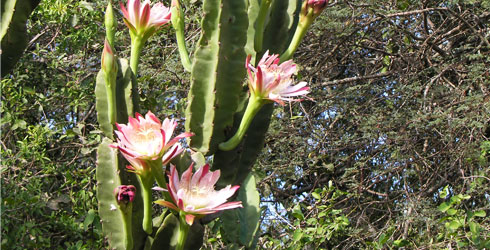
Cereus stenogonus.
© María Peña-Chocarro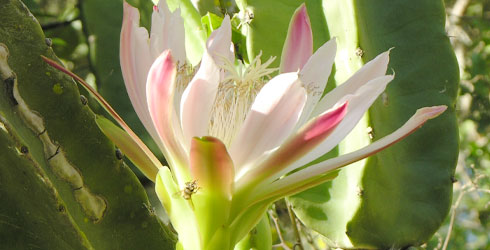
Cereus stenogonus.
© María Peña-Chocarro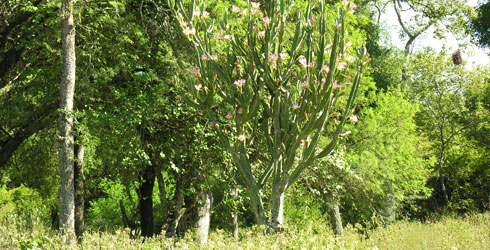
Cereus stenogonus.
© María Peña-Chocarro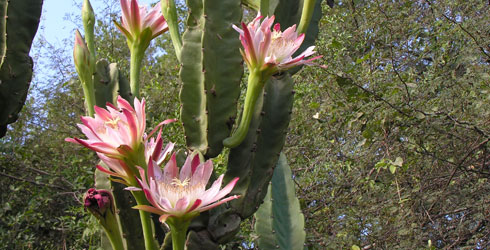
Cereus stenogonus.
© María Peña-Chocarro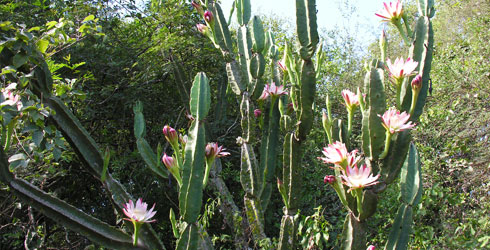
Cereus stenogonus.
© María Peña-Chocarro
Cereus stenogonus.
© María Peña-Chocarro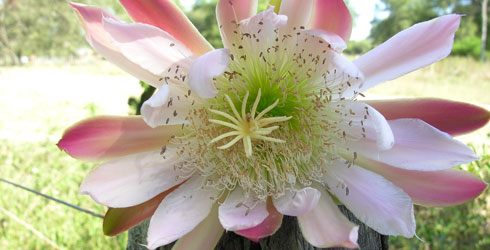
Cereus stenogonus.
© María Peña-Chocarro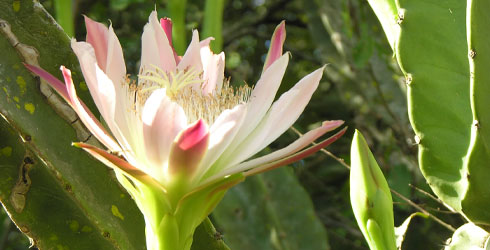
Cereus stenogonus.
© María Peña-ChocarroAuthor
Juana De Egea
Former Solanaceae Database Technician
Department of Botany
